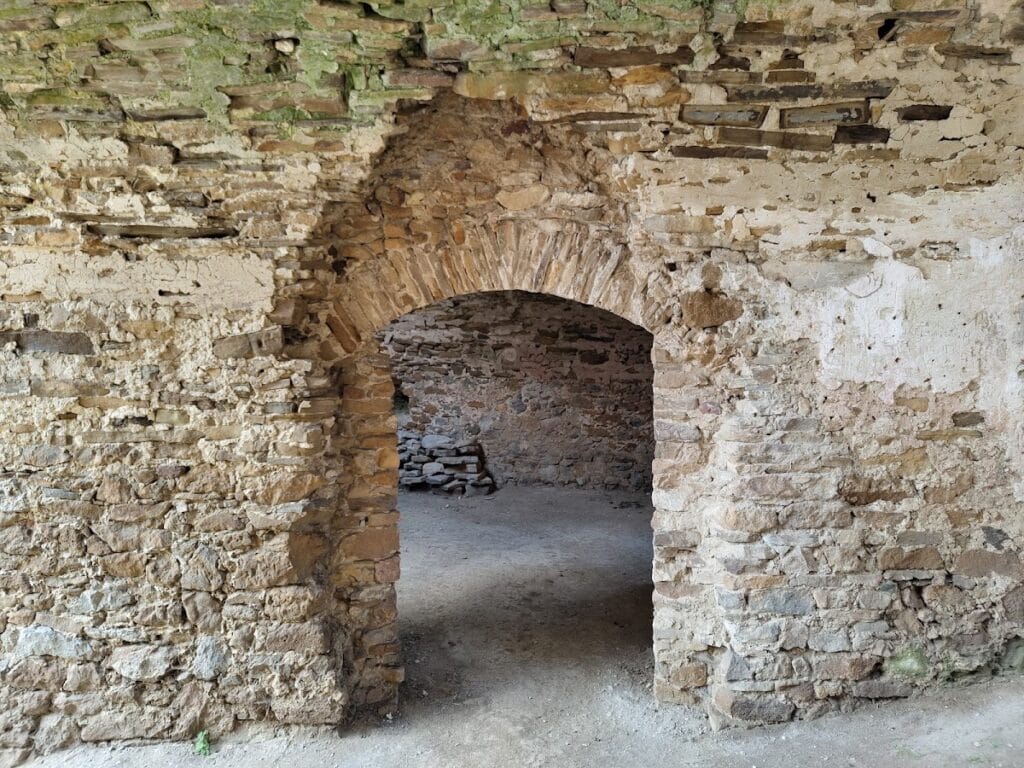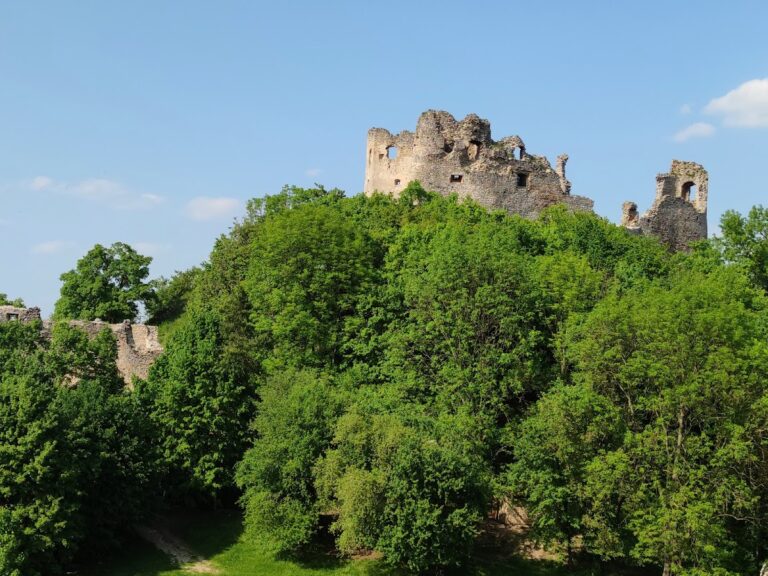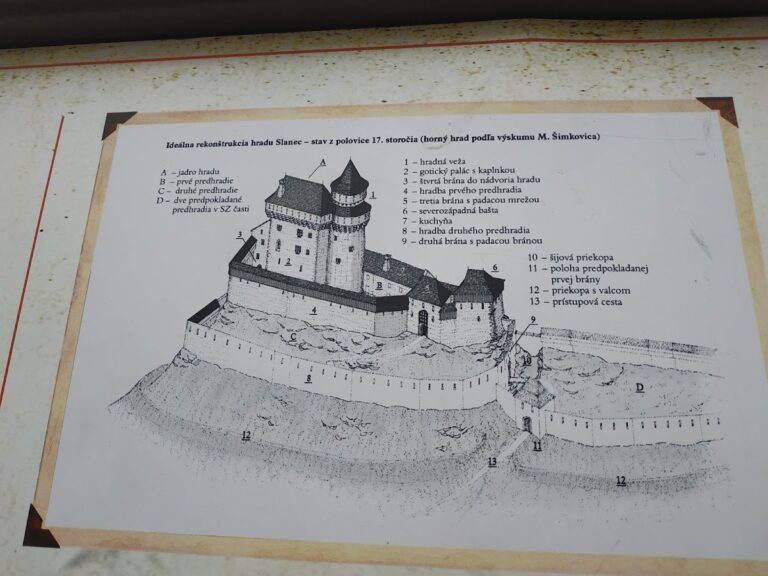Čičava Castle: A Medieval Fortress in Slovakia
Visitor Information
Google Rating: 4.7
Popularity: Medium
Google Maps: View on Google Maps
Official Website: www.hradcicva.sk
Country: Slovakia
Civilization: Medieval European
Remains: Military
History
Čičava Castle stands in the municipality of Sedliská, Slovakia, and was built by medieval Hungarian nobles during the early 14th century. Construction likely began between 1309 and 1316 to establish a fortress guarding the “Polish Gate” (Porta Polonica), an important trade route linking regions.
The lands surrounding Čičava were first recorded in 1270 when King Stephen V of Hungary awarded the area to the nobleman Reynold in recognition of his military service. While the castle itself appears in written sources from 1316, it quickly became an administrative hub. By the early 16th century, Čičava served as the center of a large estate comprising more than sixty villages. It also hosted archives and gatherings for the county nobility of Zemplín County, highlighting its local importance.
In 1527, during a period of internal conflict, John Zápolya captured Čičava and ordered it set aflame, resulting in the destruction of the county archives kept there. Despite this damage, the castle was repaired and returned to use. Over the following centuries, ownership passed through several prominent Hungarian noble families, including the Rozgoň, Bátori, and Nari lineages. The Drugeth family acquired the castle by marriage in 1610 and undertook its most significant enlargement and refurbishment.
Čičava endured further military action in the late 17th and early 18th centuries. It was taken by the forces of Imre Thököly in 1684, a leader in anti-Habsburg uprisings. Later, the castle was seized by Francis II Rákóczi’s kuruc rebels in 1704. Under kuruc control, Čičava was repaired and retained as a stronghold until 1711. That year marked a turning point when Rákóczi’s commander, Count František Barkóci, defected to imperial forces. Following his defection, the castle was surrendered and subsequently ordered to be demolished by the imperial general Laucken. This decree led to Čičava’s abandonment and its gradual decline into ruins.
Since the mid-20th century, the site has received protection as a cultural monument, with restoration efforts initiated in the 2010s to preserve what remains of the castle’s structure.
Remains
The remains of Čičava Castle reveal a historic fortress originally designed around an irregularly shaped courtyard. This courtyard was enclosed by stone defensive walls and anchored by a principal tower. The castle complex was divided vertically into two main parts: the upper castle, positioned roughly 6 to 8 meters above the lower outer bailey, and the lower castle itself, which was semicircular and wrapped around the western side of the upper section.
The oldest and most prominent feature is the donjon, or keep, situated in the northwest corner of the upper castle. The upper castle’s main entrance faced west and was secured by a gate equipped with a drawbridge, a typical medieval defensive mechanism allowing controlled passage. Surrounding the courtyard, bastions provided additional fortification, including a specialized cannon bastion constructed in the late 15th or early 16th century. This improvement responded to the rising use of gunpowder weapons and guarded the important road passing beneath the castle hills.
The lower castle was divided into two distinct sections, with its northern part protected by a thick-walled building and an additional tower, reinforcing the castle’s defenses on that side. The entire complex was situated atop a limestone hill with an elevation of 205 meters above sea level, offering commanding views over the surrounding landscape.
Today, only fragments of the castle endure. The lower castle survives in a limited form, while sections of the upper castle’s northern walls remain standing up to two stories in height. Modern conservation efforts have cleared vegetation around the ruins to reveal the stone foundations and allow better examination of the site’s layout and remaining structures.










